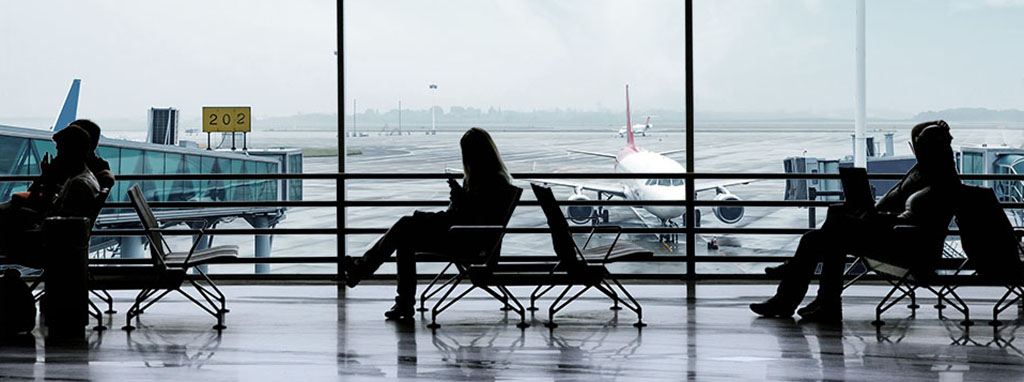Almost everyone today is familiar with the terms data, roaming, Wi-Fi… I will discuss the word which is indispensable in the vocabulary of any traveller; namely the word Wi-Fi. Anyone who is used to travelling and spends a lot of time at airports will know that hundreds of things pass through our minds while waiting for an aeroplane. Almost 80% of them are related to mobile phones and therefore the Internet. Things like replying to e-mails, talking to the family by WhatsApp, reading today’s newspaper… All these have a common denominator: the Internet. However, when we think about the Internet, we automatically think about Wi-Fi, because we know that there will be a Wi-Fi receiver waiting for us to connect to it in almost any corner of a shopping centre, restaurant or airport.
The quality of the service provided by the Wi-Fi receivers at European airports is relatively good.
But when was the first Wi-Fi adapter installed at an airport? It is known that Wi-Fi, as it is today, was created by Vic Hayes (1) in 1991, but not when it was implemented at an airport. What we do indeed know is that Prague Airport was one of the pioneers in 2005, around 12 years ago. Access was gained by paying 150 Czech korunas (approximately €15 today). (Prague Airport website).
Has the term “Wi-Fi” evolved since 2005? Yes, it has, a lot. The standards and types of connections have changed considerably since then. The maximum connection speed in 2005 was estimated to be 11 Mbps, provided you were near the receiver and had a latest-generation PDA (smartphones were rare then). Smartphones and tablets already existed in 2011 and 2012. Hence, the term “Wi-Fi” continued to improve its functionalities and reached speeds of 1.3 -3.46 Gbps, like today. Focusing a little bit more now on the topic of Wi-Fi and its use at airports, it has to be said that we must be careful with the networks we connect to at airports. We should not use any bank or private passwords that can be hacked, leading to the now famous Man in the Middle attack (2) and causing a lot of havoc in our life.
The quality of the service provided by the Wi-Fi receivers at European airports is relatively good. By relatively good I mean that many aspects still need to be improved. As regards quality and security though, it is good despite the fact that passengers are still being charged for using the “premium” service. On the American continent and more specifically Argentina, the “wireless Internet service (Wi-Fi) provision standard at Group A airports” was approved by Resolution 109/2016 of National Airport System Regulatory Authority (Organismo Regulador del Sistema Nacional de Aeropuertos – ORSNA) for the system’s airports and published in the Official Journal. Almost 33 terminals in Argentina are therefore equipped with totally free high-quality Wi-Fi networks today.
To finish off, I would like to discuss an initiative proposed by a blogger who travels a lot around the world called Anil Polat, who decided to collect all the passwords and Wi-Fi networks of all the world’s airports and set them out on a map (See the map here). He indicates on said map what the Wi-Fi networks are called, their password and whether or not they have any time constraints. This idea has been so well received that there are already iOS and Android apps on it and many users are taking part in this project, which has been classified as Open Source. It is a real luxury for people who have to travel from country to country and need to stay connected.

(1) Victor “Vic” Hayes (born July 31, 1941 Surabaya, Dutch East Indies) is a former Senior Research Fellow at the Delft University of Technology. His role in establishing and chairing the IEEE 802.11 Standards Working Group for Wireless Local Area Networks has led to him being referred to by some as the “Father of Wi-Fi”.
(2) Man in the Middle
A Man-in-the-Middle attack consists of introducing oneself into the communications between two devices so that all the traffic passes through us, thus allowing their data, passwords, etc. to be decrypted. In the case of the airports, a possible way of doing this would be to create a Wi-Fi access point and naming it like that of a shop or cafeteria, for example.


